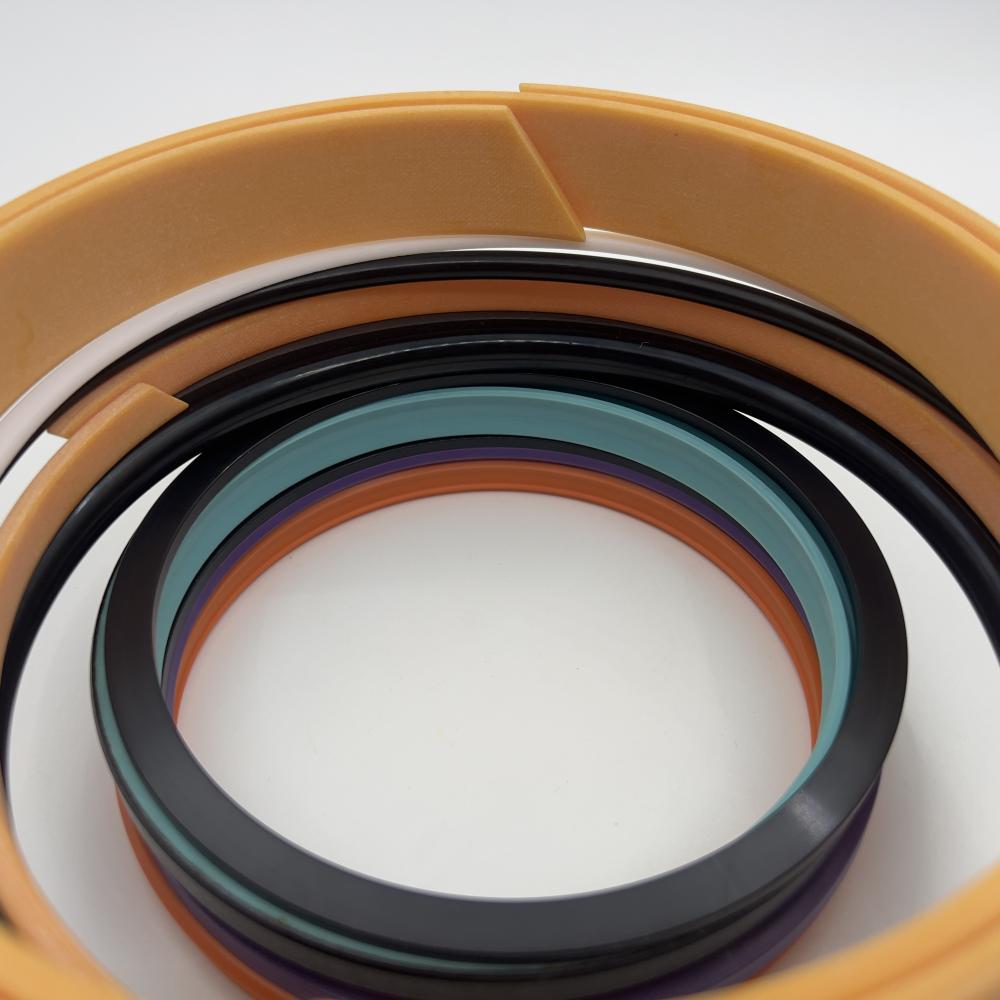Global M & A increased by 16% year-on-year In 2010, a total of 671 oil and gas M&A transactions occurred in the world, an increase of approximately 7% year-on-year; M & A transactions amounted to US$ 174 billion, an increase of 16% year-on-year, of which 22 were large deals with single transaction amounts exceeding US$ 2 billion. 50% of the global transaction amount. From the perspective of reserve trading prices, the average global proven reserve transaction price in 2010 was approximately US$10.56/barrel, which was slightly higher than in 2009, with the highest proved reserve transaction price in North America being US$14.35 per barrel. In terms of regional distribution, North America is the region where global oil and gas asset mergers and acquisitions are most active. In 2010, the amount of oil and gas M&A exceeded 80 billion U.S. dollars, accounting for 45% of the world. Unconventional assets and transactions of small and medium-sized companies have become the main factors driving transactions. The amount of M&A transactions in South America exceeded US$45 billion and is the second largest M&A transaction region in the world in 2010. Asset disposal triggered by deep-water asset transactions in Brazil and BP oil spill incidents was an important transaction event in South America in 2010. From the perspective of trading asset types, unconventional oil and gas assets surpass conventional oil and gas asset transactions and become the main body of transactions, among which unconventional oil and gas assets such as shale gas and oil sands are actively traded. Chinese oil company mergers and acquisitions record high In 2010, Asia-Pacific Oil Company, represented by China, India and South Korea, continued to be the largest buyer in the M&A market with over $40 billion in acquisitions and acquisitions in South America, North America, Africa and South Asia. In 2010, the value of overseas oil and gas acquisitions by Chinese oil companies exceeded US$30 billion and reached a record high. The major assets acquired include deep sea, oil sands, unconventional gas, and land-based conventional oil and gas assets. The projects are located in Brazil, Argentina, Canada, the United States, and Australia. Wait. With the strong support of the Korean government, South Korean state-owned oil companies made significant progress in overseas oil and gas acquisitions in 2010. In August, South Korea’s National Petroleum Corporation acquired Dana Oil Company of the United Kingdom for US$3.8 billion and became the largest oil and gas acquisition project in Korea’s history. After the completion of the acquisition, Korea’s overseas oil production accounted for 10% of its domestic oil consumption for the first time. Korea’s overseas oil exploration areas expanded from the Americas and the former Soviet Union to the North Sea and Africa. Indian state-owned oil companies have been an important player in the oil and gas M&A market in recent years. In May 2010, the National Oil Company of India completed the acquisition of Imperial Energy Corporation. The assets of the acquired company are located in Russia and the amount of mergers and acquisitions is approximately US$2.2 billion. In addition, three Indian state-owned oil and gas companies (Indian Petroleum Exploration Company, Indian Petroleum Corporation, and OVL) jointly acquired an 18% stake in the Carabowo-1 oil block in Venezuela and plans to invest US$2.18 billion in the oil field in the next five years. Development. In addition, the Thai National Petroleum Corporation acquired Canada’s oil sands assets for US$2.3 billion and entered the Canadian oil sands sector for the first time. For SUMITOMO Cylinder Seal Kit
Maintenance of Sumitomo hydraulic cylinder seals
Daily maintenance and upkeep can effectively solve the sealing problem of hydraulic cylinders, extend the service life of hydraulic cylinders, and improve the work efficiency of construction machinery.
For Sumitomo Cylinder Seal Kit, For Sumitomo Center Joint Seal Kit, Sumitomo Center Joint Seal Kit, Sumitomo Bucket Cylinder Seal Kit Safe Seal Technology Co., Ltd. , https://www.sprsealkits.com

1. Regularly check the wear of the hydraulic cylinder seals, and if severe wear is found, it should be replaced in a timely manner.
2. Clean the hydraulic cylinder seals to prevent impurities such as dust and sand from entering the interior of the seals.
3. Use appropriate hydraulic oil and avoid using expired or non compliant hydraulic oil to avoid damage to the hydraulic cylinder seals.
4. Avoid using hydraulic cylinders under excessive pressure or load to avoid damage to the seals.
5. Regularly check the liquid level and pressure of the hydraulic cylinder to ensure its normal operation and avoid damage to the sealing components due to hydraulic cylinder failures.
6. When the hydraulic cylinder is stopped for a long time, regular maintenance should be carried out, such as applying anti rust oil, to prevent aging or deformation of the sealing components.